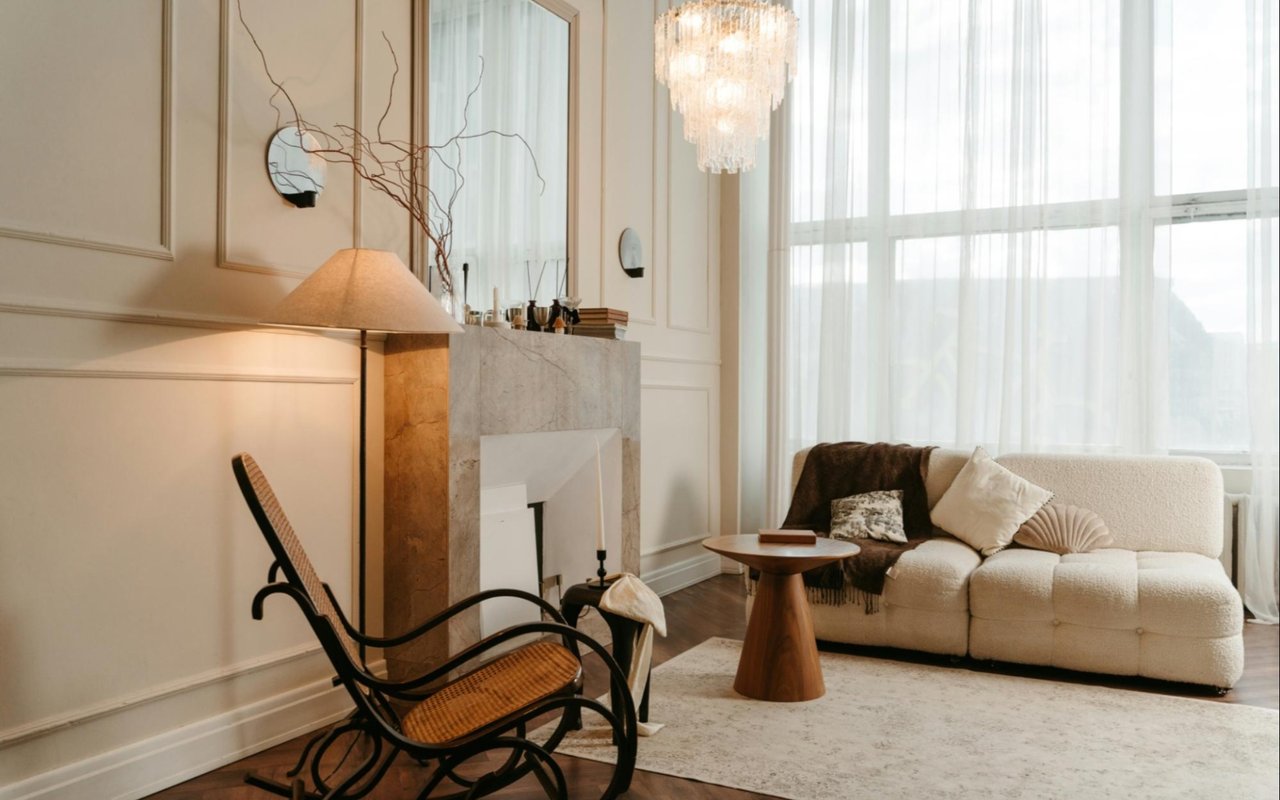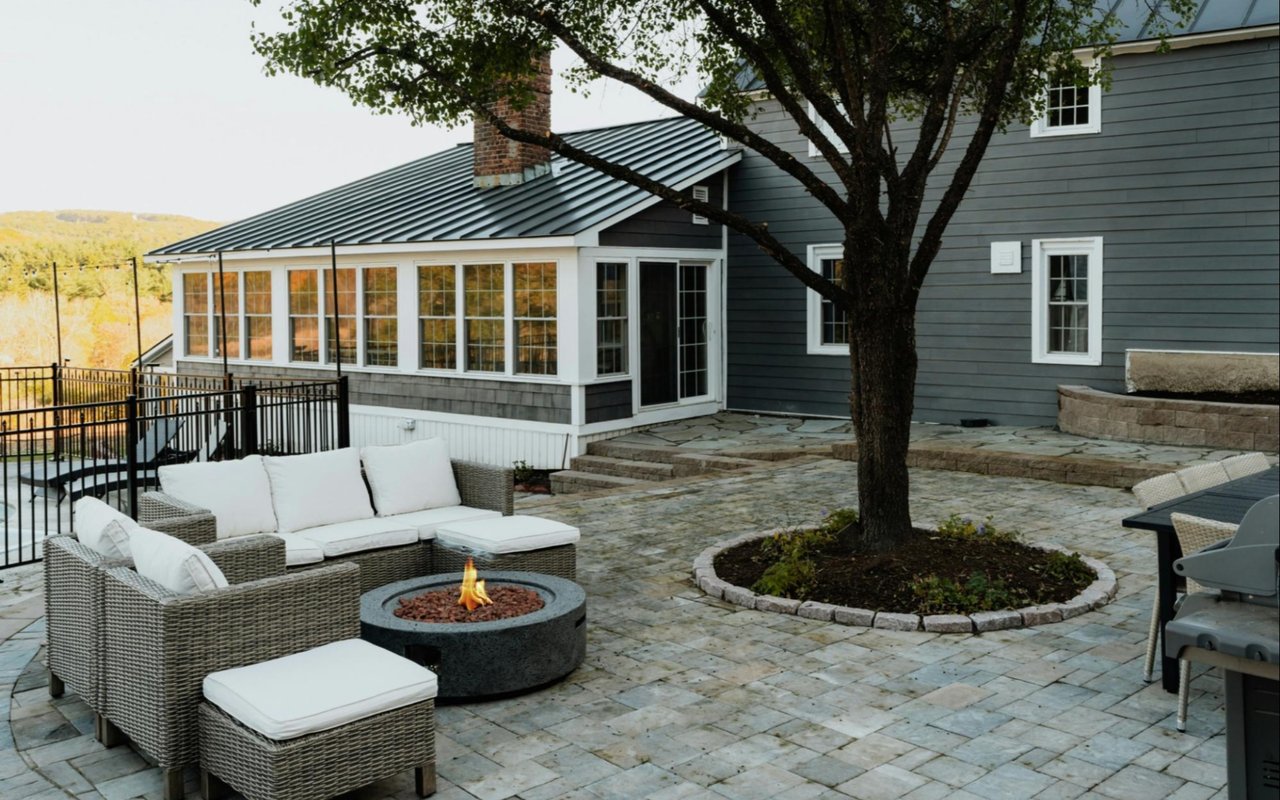In today’s evolving work landscape, the home office has become a pivotal space for productivity and creativity. Whether transitioning from a traditional office or embracing remote work permanently, designing an effective home office is crucial. This article explores essential home office design tips that blend functionality with aesthetics, ensuring a workspace that fosters efficiency and well-being.
1. Choose the Right Location
Selecting the appropriate location is the foundational step in designing a home office. Ideally, the space should be quiet, away from high-traffic areas to minimize distractions. Natural light is a significant factor; positioning the desk near windows not only enhances the workspace aesthetically but also boosts mood and productivity. For those with limited space, a dedicated corner or a convertible room can serve as an effective home office.
2. Optimize Ergonomics
Ergonomics plays a critical role in maintaining comfort and preventing physical strain during long working hours. Investing in an ergonomic chair that supports the lower back and promotes good posture is essential. Additionally, the desk height should allow the arms to rest comfortably while typing, and the computer screen should be at eye level to reduce neck strain. Adjustable furniture can offer flexibility, accommodating various working styles and preferences.
3. Efficient Storage Solutions
A clutter-free environment enhances focus and efficiency. Incorporating adequate storage solutions is vital for organizing office supplies, documents, and personal items. Shelving units, filing cabinets, and desk organizers help keep the workspace tidy. Utilizing vertical space with wall-mounted shelves can maximize storage without encroaching on the limited floor area, especially in smaller home offices.
4. Effective Lighting
Proper lighting is essential for reducing eye strain and creating a conducive work environment. A combination of natural and artificial lighting is ideal. Task lighting, such as desk lamps, provides focused illumination for specific tasks like reading or writing. Ambient lighting, achieved through overhead lights or floor lamps, ensures the entire room is adequately lit. Additionally, choosing bulbs with adjustable brightness can tailor the lighting to different times of the day and tasks.
5. Incorporate Personalization
Personalizing the home office space can enhance comfort and motivation. Adding elements such as artwork, plants, or personal mementos can make the workspace more inviting and reflective of individual personality. However, it is important to maintain a balance to avoid excessive clutter. Plants, for example, not only add aesthetic value but also improve air quality and create a calming atmosphere.
6. Color Scheme and Decor
The choice of colors significantly impacts the mood and productivity within a home office. Neutral tones like white, beige, or gray can create a clean and professional look, while adding accents of blue or green can promote calmness and focus. Avoid overly bright or distracting colors that might hinder concentration. Additionally, incorporating textures and patterns through rugs, curtains, or cushions can add depth and interest to the space without overwhelming it.
7. Technology and Connectivity
A functional home office requires reliable technology and connectivity. Ensuring a stable internet connection is fundamental, especially for tasks involving video conferencing or large file transfers. Investing in quality hardware, such as a fast computer, ergonomic peripherals (keyboard and mouse), and a high-resolution monitor, can enhance productivity. Cable management solutions, like clips and conduits, help maintain a tidy workspace by organizing and concealing wires.
8. Sound Management
Managing sound within the home office is essential for maintaining focus, especially in shared living spaces. Incorporating sound-absorbing materials, such as carpets, curtains, or acoustic panels, can reduce noise levels. Additionally, using noise-canceling headphones can help block external sounds, providing a more serene working environment. For those who prefer background noise, playing soft instrumental music or white noise can aid concentration without being distracting.
9. Flexible Layouts
Flexibility in the office layout accommodates various tasks and work styles. Movable furniture, such as rolling chairs or desks, allows for easy reconfiguration based on the day's needs. Creating distinct zones within the office, such as a primary workspace, a reading nook, or a brainstorming area, can cater to different activities, enhancing overall productivity. Utilizing multi-functional furniture, like desks with built-in storage or foldable tables, maximizes space efficiency.
10. Incorporate Wellness Elements
Promoting well-being within the home office contributes to sustained productivity and reduces stress. Incorporating wellness elements like standing desks or balance boards encourages movement and reduces the health risks associated with prolonged sitting. Additionally, ensuring adequate ventilation and maintaining a comfortable temperature are crucial for a healthy workspace. Integrating relaxation spaces, such as a small lounge area or meditation corner, can provide necessary breaks and mental rejuvenation.
11. Cable Management
Effective cable management is essential for maintaining an organized and safe workspace. Tangled wires not only create visual clutter but can also pose tripping hazards. Utilizing cable organizers, such as clips, sleeves, or under-desk trays, helps keep cords neatly arranged and out of sight. Labeling cables can further streamline the setup, making it easier to identify and manage connections for different devices.
12. Maximize Natural Light
Maximizing the use of natural light enhances the overall ambiance of the home office and contributes to better health and productivity. Positioning the desk to take advantage of sunlight can reduce the need for artificial lighting during the day, saving energy and creating a pleasant working environment. Additionally, using light, sheer curtains allows ample light to enter while providing privacy and controlling glare on screens.
Transform Your Home into the Perfect Workspace with Expert Guidance
Ready to create a home office that boosts your productivity and complements your lifestyle?
Laurie Ermer is here to help you find the ideal home that accommodates your professional needs. Whether you're looking to design a dedicated workspace or seeking a property with versatile spaces, Laurie’s expertise in real estate ensures you make the best choice. Don’t settle for less—partner with Laurie Ermer to discover homes that inspire and support your work-from-home journey. Contact Laurie today to start transforming your living space into a productive and stylish home office sanctuary.





